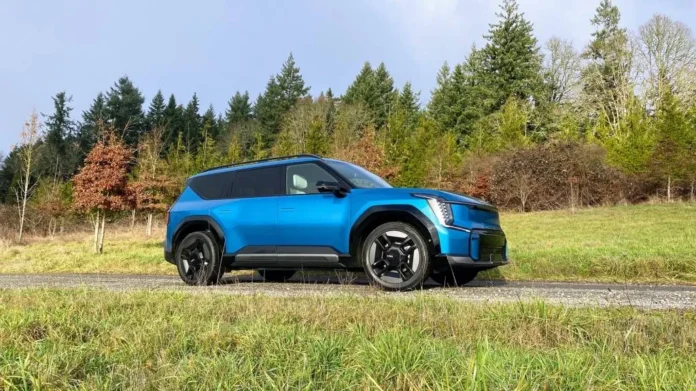But as the variety, price, and range of EVs available to U.S. drivers have become more attractive, mistrust of public charging now constitutes the most significant headwind for EV adoption rising even faster, according to J.D. Power.
Terry of ChargerHelp agrees. “We are starting to see that folks may not want to buy electric vehicles if they only rely on public charging, and that a poor charging experience can deter people from buying an electric vehicle,” she said. “The car experience is great — people like electric vehicles. We have a gap in infrastructure, and now we have to come together to figure out what to do about it.”
How to fix it: Data, standards, and training
Chargers fail for a number of reasons, but some causes are easier to diagnose and fix than others. Damaged or failing cables or internal electronics can be relatively quickly identified and replaced, and constitute the majority of problems diagnosed by ChargerHelp technicians in the data set included in the report.
But communications, software, and technology-integration failures are harder to diagnose, as well as harder for a technician to resolve on site, since they often require action from charging-network operators or their back-end software providers. And too many of the problems preventing successful charging fall into the “unknown” category, as the chart below shows — a category that Terry said likely includes payment-processing difficulties, which the report found was one of the most common features of failed charging sessions.
Diagnosing what’s going wrong with chargers is complicated by the patchwork nature of the current public charging system.
The more than 175,000 public charging ports in the U.S. as of this spring were built by a number of different companies and are now operated by a number of different charging-network providers. All must work with EVs of all makes and models — a requirement even for Tesla’s once-proprietary stations, as the company is opening its charging networks to other automakers’ EVs. And most charging stations must be able to process a bewildering array of payment options, including RFID cards, smartphone apps, credit card readers, and the latest innovation of “plug and charge” systems that rely on onboard EV systems to communicate with chargers.
Software is what makes all of this happen. But different charging stations may be running different versions of software that may or may not integrate with the hardware or payment-processing systems in place. It also may not be up to date with the latest technology standards that provide a more complete array of diagnostic capabilities to determine just what has gone wrong.
ChargerHelp’s report puts data accessibility and standardization first and second on its list of top priorities for the EV-charging industry. “There is a level of data that needs to be exposed, and there needs to be a common definition of uptime,” Terry said.
She highlighted some necessary steps, such as bringing more chargers up to date with the latest version of the Open Charge Point Protocol, or OCPP, an open-communications protocol that allows different parties in the charging process to share data in a common format. The latest version of OCPP includes far more “error codes” than previous versions and can now tell on-site technicians and network operators which pieces of equipment may have malfunctioned or what step of the payment processing has failed.
Commonly defined and shared data is a necessary precursor to establishing standards for improving uptime across the industry, she said. That’s not just a must to win the confidence of EV drivers. It’s also increasingly a requirement to tap into government funding.
The $5 billion National Electric Vehicle Infrastructure (NEVI) program, a massive (if painfully slow-paced) federal grant program aimed at expanding public charging across the country, has set a 97 percent uptime requirement for all chargers it funds. State regulators in California, New York, and other EV-heavy states are setting their own uptime standards. The ChargeX Consortium — a federal task force that includes major automakers, charging-equipment manufacturers, charging-network operators, utilities, consumer advocates, and DOE labs — has made data sharing and standards top priorities.
Government programs should also look beyond the cost of deploying chargers, Terry said, and include funding and require planning for maintaining and repairing those chargers once they’re installed. Those plans should include warranties that cover the cost of troubleshooting software and communications problems as well as replacing broken or damaged equipment.
Finally, the people tasked with keeping chargers up and running need to be trained to deal with the significant portion of charger failures that are caused by technology glitches, she said. That requires automakers and charging operators to share data on how their equipment and software work, much as the Society of Automotive Engineers worked with competing companies to develop its EV-charger technician certification, she said.
“What you need are technicians who understand systems, who understand data, who can help you do QA [quality-assurance] testing in the field,” she said.
Armed with that training, technicians at companies like ChargerHelp can not only do their jobs better, but become active participants in improving the industry’s understanding of the solutions to the problems they’re facing, she noted. After all, “we see new problems every day, with every new EV, or every time a charging provider throws a new firmware update out there.”

Source link by Canary Media
Author Jeff St. John
#Bad #data #souring #EVcharging #experience #Heres #fix






